
Central Kitchen Case Study: Introduction & Planning
Welcome to the 6-part deep-dive into Boulder Valley School District’s Culinary Center. This case study covers: intro & planning (current page), benefits, design & construction, menu & procurement, staffing, and community engagement.

Central Kitchen Case Study: Introduction & Planning
Welcome to the 6-part deep-dive into Boulder Valley School District’s Culinary Center. This case study covers: intro & planning (current page), benefits, design & construction, menu & procurement, staffing, and community engagement.
Introduction
BVSD’s Culinary Center will set a new standard for school district central kitchen concepts focused on consolidating production for scratch-cooking. Key to the concept is the fact that the Food Services Department is considered an integral partner in educating the students of BVSD. To that end, consolidating production to a central kitchen was the next step for this team and was supported by the Board of Education and the community.
The journey began with the School Food Project, a group of community stakeholders, parents, administrators, and community members, led by the president of the school board. They garnered support for an assessment of the FSD in 2008, and later that year, the District adopted a strategic plan for food services with recommendations that have guided the restructure and implementation of program improvements over 11 years. Led by Food Service Director Ann Cooper, the Food Services Department is recognized as an essential partner contributing to the health and well-being of BVSD students. The School Food Project (SFP) became the brand of the programming, a recognizable symbol of change that is embraced throughout the county.
BVSD Food Services Program Stats
The FSD serves breakfast, lunch, snack and supper. Since 2008, BVSD has transformed its FSD from cafeterias serving mostly processed foods (along with a heavy reliance on a la carte sales of both entrees and snacks), to a program that has progressively improved its ingredient sourcing and production systems to provide delicious, cooked-from-scratch meals.
- 51 schools spread over 500 square miles
- 11 communities
- SY 2019-2020 enrollment: 29,287
- Free/Reduced: 5,683
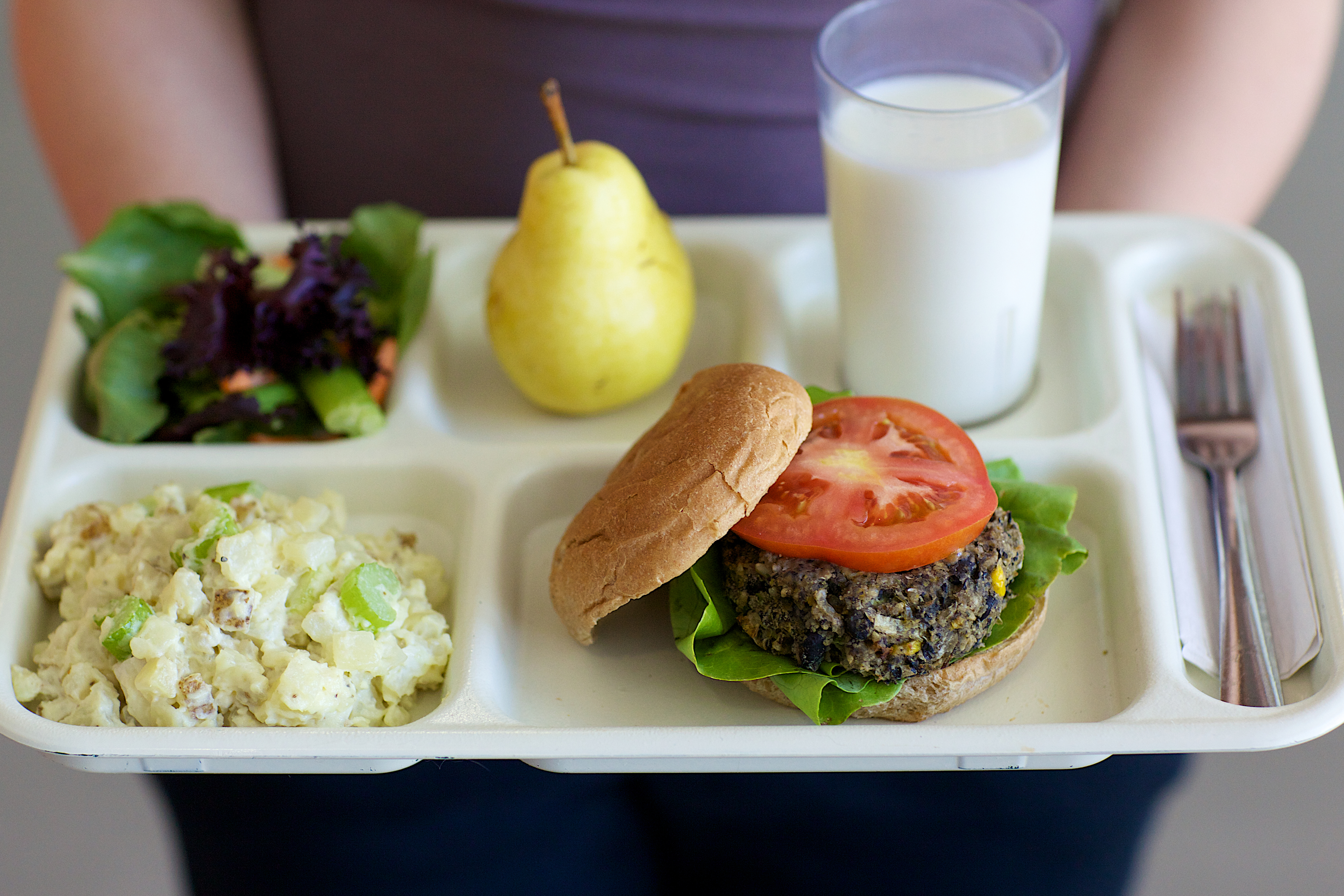

BVSD Food Services Program Stats
The FSD serves breakfast, lunch, snack and supper. Since 2008, BVSD has transformed its FSD from cafeterias serving mostly processed foods (along with a heavy reliance on a la carte sales of both entrees and snacks), to a program that has progressively improved its ingredient sourcing and production systems to provide delicious, cooked-from-scratch meals.
- 51 schools spread over 500 square miles
- 11 communities
- SY 2019-2020 enrollment: 29,287
- Free/Reduced: 5,683
From the outset, the FSD shifted away from site-based program management and developed a district-wide systemic approach to ensure that every student in BVSD had equal access to delicious and nutritious meals. To provide consistency and quality, “consolidation” of production was the focus of the FSD plan. As the years passed, meal counts increased and programs expanded; the regional kitchen model was reaching capacity. This provided an additional boost for the viability of achieving the central kitchen model.
(Note: This case study only includes the first stages of planning and implementation. We look forward to seeing the Culinary Center in action and reporting back on the the opening and system implementation.)
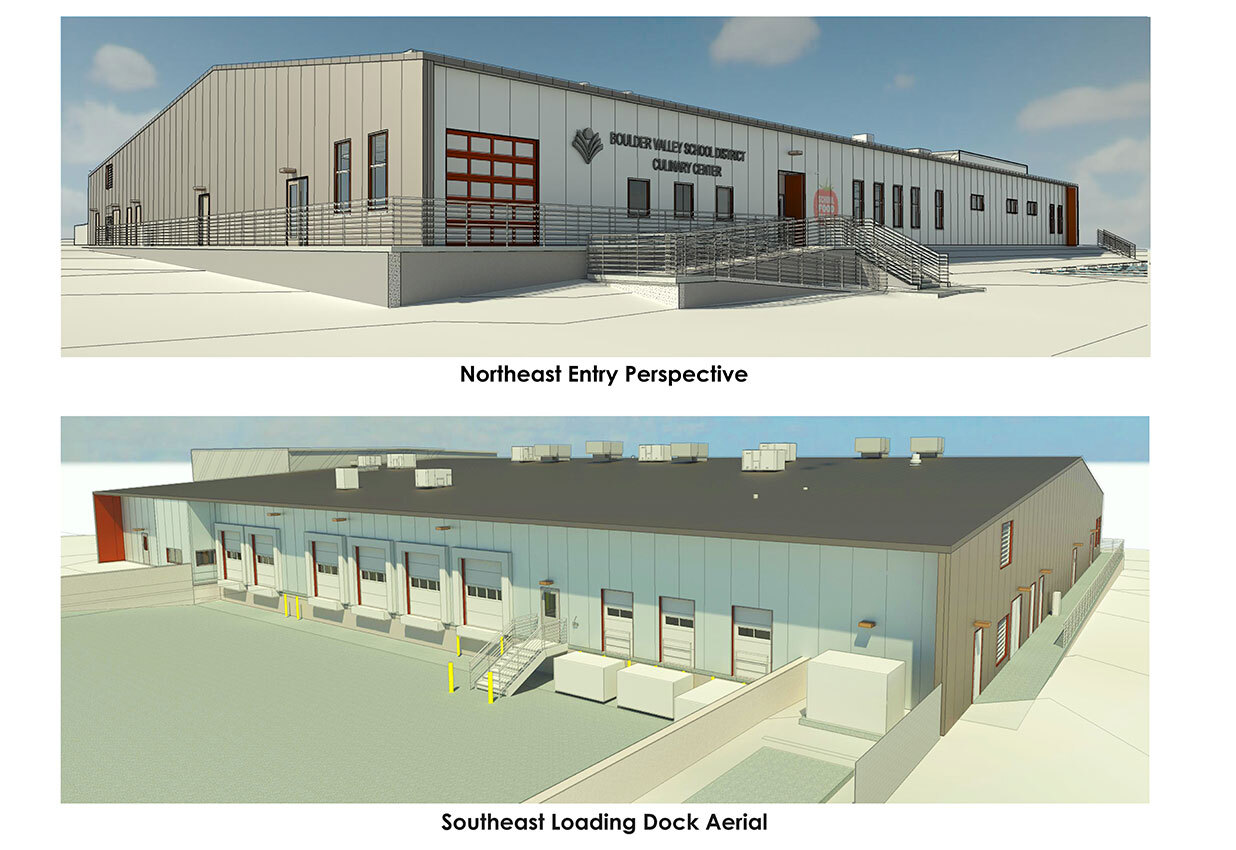
Timeline for Change
May
BVSD assessed the Food Services Department and adopted a strategic plan to support improvements of the school meal program.
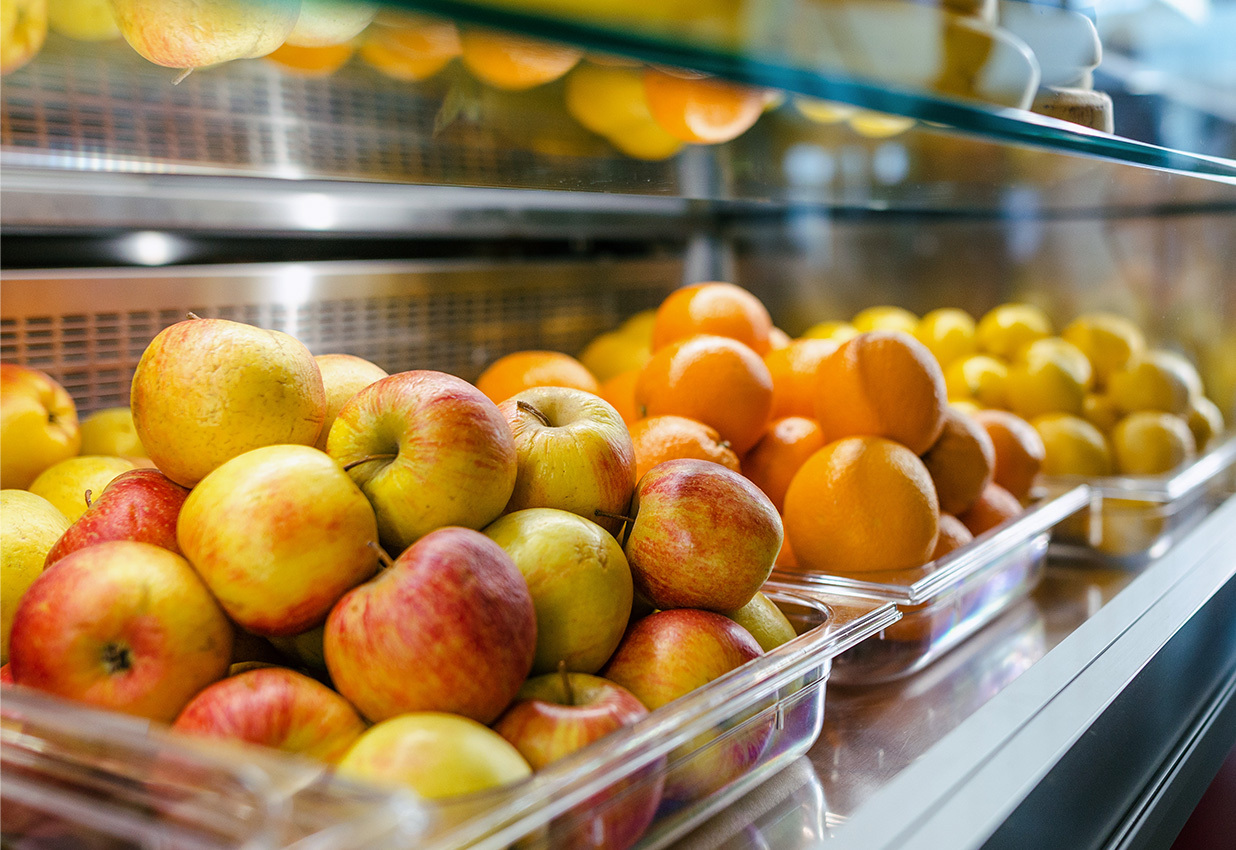
August
The FSD reorganized the staffing model, procurement, production methodology, procurement, and menu planning to increase efficiency, lower expenses, and improve meal quality as laid out in the FSD Assessment of 2008.

August
The FSD established five regional production kitchens at existing middle and high schools.
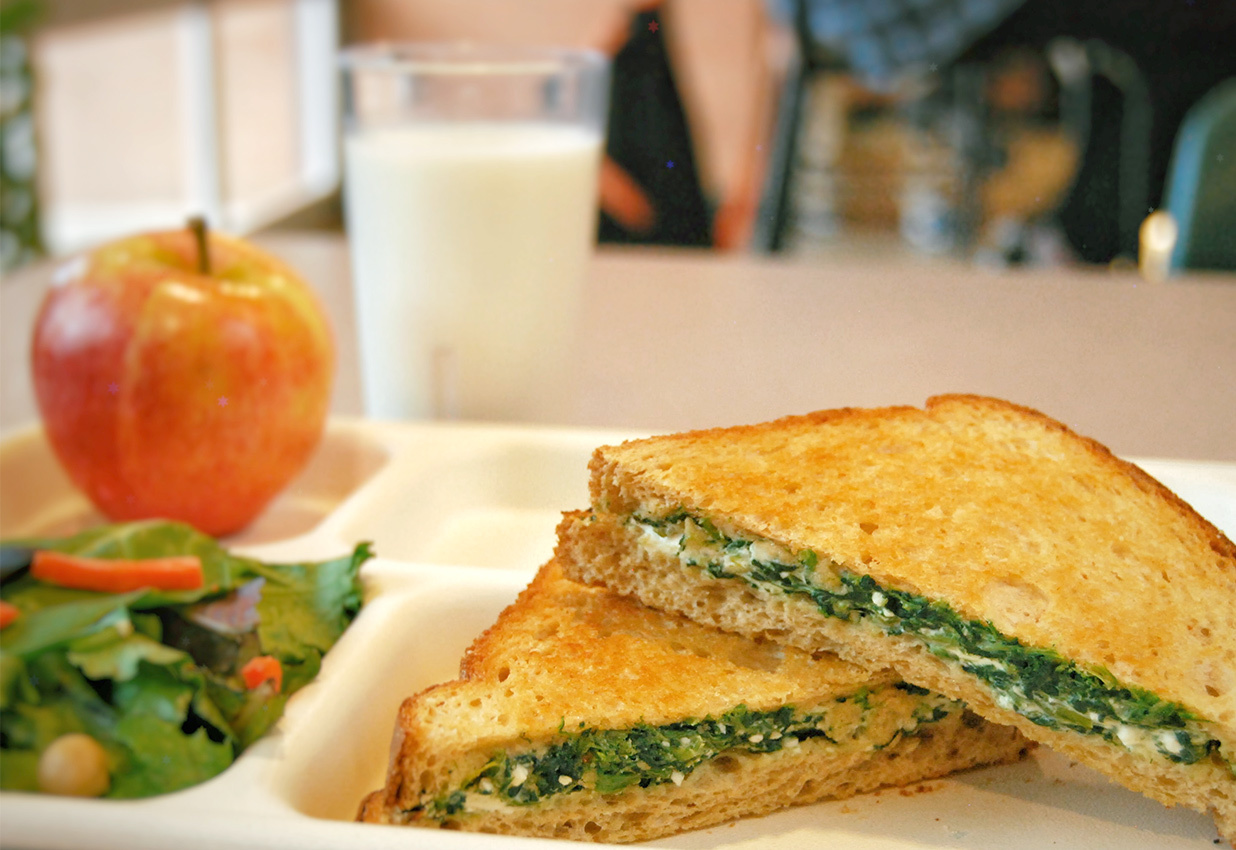
August
Striving for more consistency and efficiency, the regional kitchen count was reduced to three locations.

August
“District Kitchen” was included in the Educational Facilities Master Plan.

November
Bond passed including $10 million for District Kitchen.

April
The FSD broke ground on the new Culinary Center.
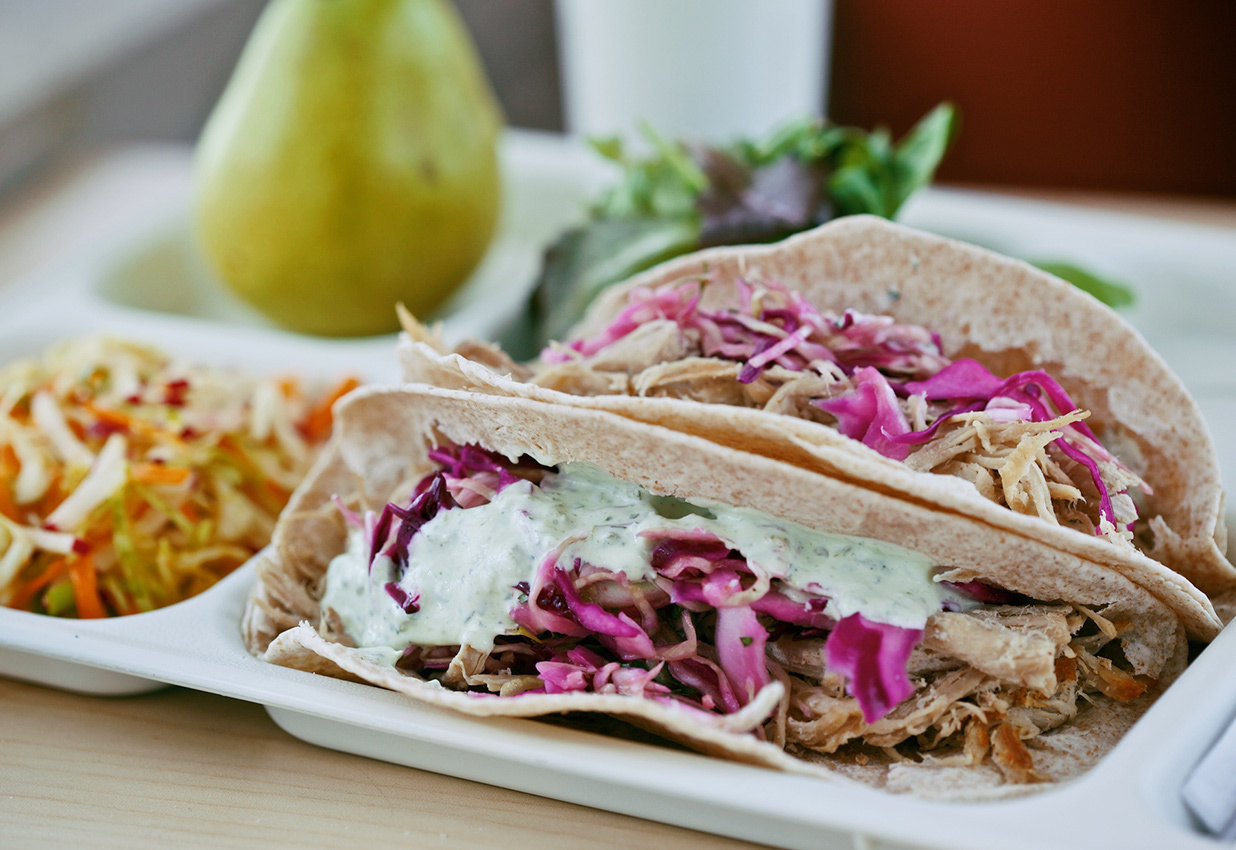
From Vision to Action
Embedded in the BVSD Wellness Policy is the framework that supports the growth of the FSD’s continual system improvements.
Part of the educational mission of the Boulder Valley School District includes enhancing the health and wellness of the entire community by teaching students to establish and maintain life-long healthy eating and physical activity habits. The mission shall be accomplished through nutrition education, hands-on experiential learning in cooking and gardening classes through community collaboration, the food served in schools, academic content in the classroom, and regular physical activity as part of the total learning environment.
Building a central kitchen was not a “dream.” Since the FSD assessment in 2008, it was viewed as necessary for long-term growth and sustainability of the program.
Our Vision
We believe that all children of the Boulder Valley School District should have daily access to fresh, flavorfull, and nutritious food made with wholesome and, when possible, local ingredients so that every child may thrive.
Our Goal
We strive to serve the best quality and the most healthful food possible, in the most efficient fashion and in the most cost-effective manner.
Despite the enthusiasm for great school food in BVSD, central kitchens are large-scale, expensive projects that require buy-in and support. Early in the process, Cooper and her team engaged community members, politicians, Board members, parents, and non-profit partners to educate them on the benefits, opportunities, and the necessity of a central kitchen for BVSD.

Above: BVSD Food Services breaks ground on their Culinary Center
In May 2013, at the “Making Local Foods Work Summit”community event, conversations about the central kitchen began. In October 2013, a “Partnership Meeting” was organized to further discussion. The concept of a BVSD central kitchen as a food hub brought together the BVSD Superintendent and Assistant Superintendent, Cooper and her management team, and representatives from the Boulder City Council and Boulder County Parks and Recreation. It was this meeting that enabled the “District Kitchen” to be included in the Educational Facilities Master Plan, which was the basis for the Bond Proposal that the Board of Education supported. BVSD’s commitment to enhancing the health and wellness of the students and its confidence in the FSD provided the backbone for a District Kitchen to be considered integral to district-wide improvements for “operational efficiency and functionality.”
Recommended Next Topic: Benefits
Learn about the benefits of consolidated production.
Recommended Next Topic: Benefits
Learn about the benefits of consolidated production.






